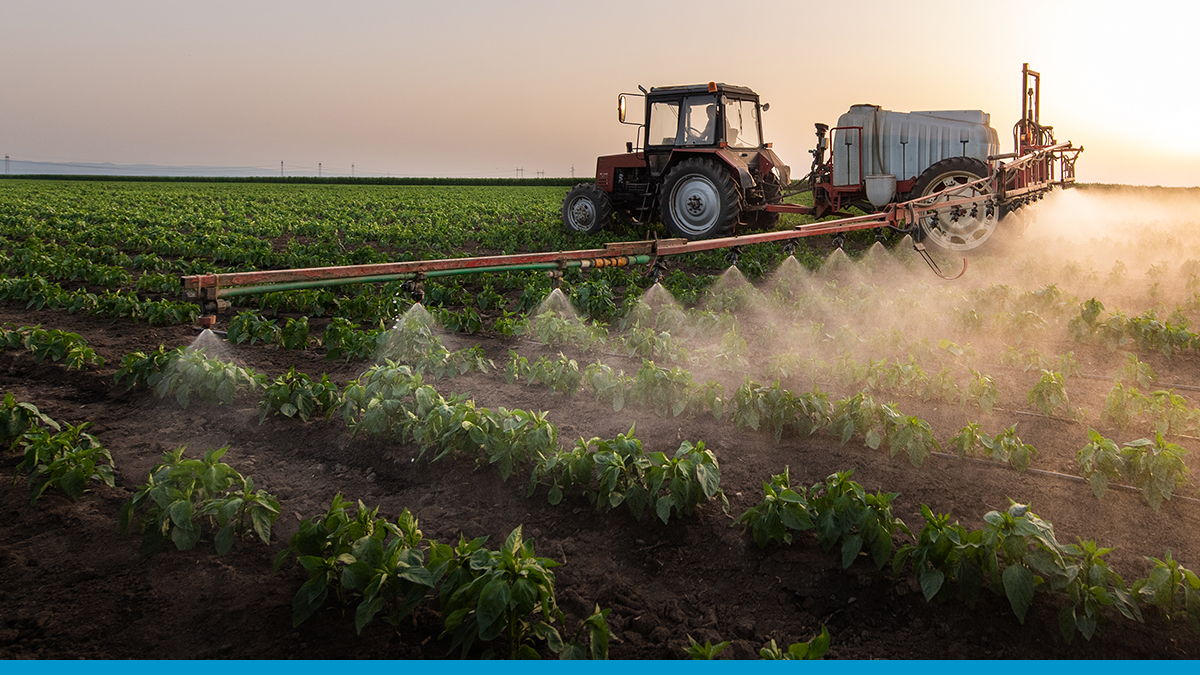Nebraska Water: Another Opportunity To Sell Value

Retailers that strategically position services to help growers manage production agriculture’s most valuable resource — like Nebraska’s Central Valley Ag has — stand to reap the benefits going forward.
Keith Byerly has been an Advanced Cropping Systems (ACS) Manager with York, NE-headquartered, No. 13-ranked CropLife 100 retailer Central Valley Ag (CVA) going on 13 years now, and he says conversations with growers around water quality in Nebraska started popping up more frequently around 2012. This was a historically-nasty drought year for much of the country.
“We started to see wells going dry and things like that (in 2012),” recalls Byerly. “Were there a few people that were passively interested in getting better at it before 2012, the early, early adopters? Sure there were, but there really was no wide-scale talk about it until that year, when we really started to get our first taste of running out of water.”
Since that drought, Nebraska has encountered seesawing moisture deficits much of the time, with the region currently in a bit of a bounce back mode going into the 2017 growing season. A Nebraska Ag Climate Update from January found most of the state within about half an inch of what’s considered “normal” precipitation levels thus far. In Byerly’s territory, that means additional moisture to feed the High Plains aquifer.
“There’s the Ogallala aquifer that everyone thinks of, but above that sits the High Plains aquifer, and most of the eastern part of the state draws its well-water and irrigation from it,” he explains.
Value-Added Water Management Services
In response to the 2012 drought, when Byerly says some customer’s wells were “sucking air as we got deep into a very hard irrigation season,” CVA teamed up with FieldWise, a private soil moisture management entity out of University of Nebraska-Lincoln, to start its AquaSystems program.
“Initially that (AquaSystems) was just focused around trying to provide growers tools like moisture probes to give them an idea of when they need to irrigate, but just as importantly, when they didn’t need to be irrigating, so they wouldn’t be wasting that water,” Byerly says.
Now, according to Byerly, the four years of selling water management services to growers under the AquaSystems umbrella have uncovered a “very solid return-on-investment” that the company can leverage to sell skeptical growers every season.
“But at the same time,” he interjects. “We realized that wasn’t enough, so we branched out with our partners and got into not only the variable-rate irrigation and writing irrigation prescriptions, but also installing pivot control and monitoring functions for our growers. It’s evolved beyond purely water management with the moisture probe, it’s about being able to keep track of multiple irrigation systems and know what’s going on even when you’re not in the pickup truck driving around checking pivots.”
Byerly’s team at CVA consists of precision ag field techs that help growers install pivot monitoring systems and other equipment in the field, alongside a group of ACS managers that help administer the AquaSystems program and make irrigation decisions based on all the data CVA is helping growers collect on water usage. Writing annual irrigation prescriptions for growers is a big part of the workload as well.
“Typically, we’re going to have loaded onto that controller for the grower three irrigation prescriptions: One for early season, one for pollination time, and one for ear fill through the end of the year,” he explains. “And it’s important to note that each one of those prescriptions is scale-able for the grower; by scale-able, I mean the grower can tweak the prescriptions on-the-fly, so if he needs to put on a little more or a little less water he doesn’t have to get in touch with someone and have a whole new prescription written.”
This high-management style (some would call it micro-managing) around water in Nebraska is an aspect of a larger movement in the state to try and stave off, or perhaps completely negate, what feels like is perhaps inevitable: Severe water regulations on growers.
“I don’t think there’s any question that we will be regulated on the amount of water that we can utilize from our aquifers and our rivers, lakes, and streams in the future here in Nebraska. That’s going to happen,” Byerly states matter-of-factly. “Now, we have very few CVA customers today that are regulated on what their annual allotment of water is. But we want to be using this opportunity right now to learn those types of things because the day will come when that will happen, and the growers that were on the front half of that adoption curve will be the ones that understand how to take the tools that they have and be successful immediately when things change.”
Byerly also expects a seismic shift in what crops are predominately grown in the state. Think less corn and beans, more crops you’d see in the Dakotas come into prominence about a decade from now.
“Things like sugar beets, canola, and things like that could possibly work their way down here. Maybe industrial hemp and things like that — there’s going to be a lot of changes in agriculture here in the next 10 years. I don’t have a real good feel for what those crops are going to be, but I feel pretty confident in saying that you will probably see different crops than we see today.”






